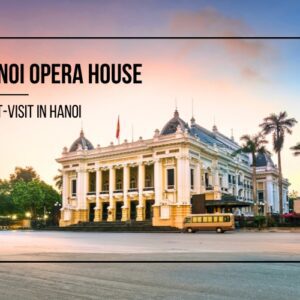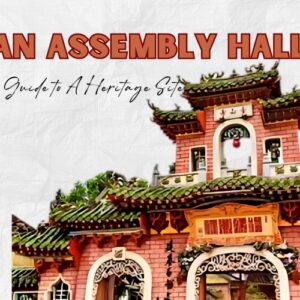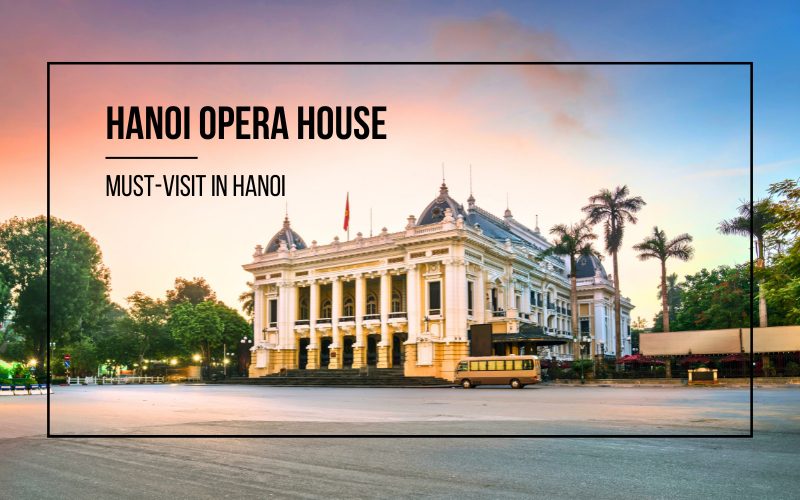
Hanoi Opera House, located in the heart of the French Quarter, is a mesmerizing architectural gem that commands attention. Step inside this magnificent establishment to fully immerse yourself in its grandeur. Originally constructed during the colonial era by the French, the Hanoi Opera House is a testament to the city’s rich history and cultural heritage. When you’re planning a visit to Hanoi, don’t miss the opportunity to catch a captivating performance within the opulent halls of the Opera House, where artistry and elegance converge to create an unforgettable experience in Vietnam.
Essential Information for Visitors
Location of Hanoi Opera House
Situated at No.1 Trang Tien Street, within the August Revolution Square, the Hanoi Opera House stands as a focal point in the heart of Hanoi. Its central location places it in proximity to famous landmarks, including Hoan Kiem Lake and Vietnam National Museum of History.
Ticket fees
Currently, visitors can buy tickets to visit and explore the architecture inside the Hanoi Opera House in 2 forms:
| Ticket fees | Time | Maximum number of guests | Opening times | |
| Opera House tour combined with Art shows | 400.000VND/person | 90 minutes/visit | 250 persons/visit | Monday & Thursday |
| Opera House Tour | 120.000VND/person | 70 minutes/visit | 20 persons/visit | All week, except Fridays |
In addition, Hanoi Opera House serves a captivating array of performances spanning various genres, including:
- Music show
- Live show
- Dramatic
- Event
- Ballet
- Concert
Visitors can book tickets to watch other special art shows taking place at the Hanoi Opera House with prices from 300,000 VND/person.
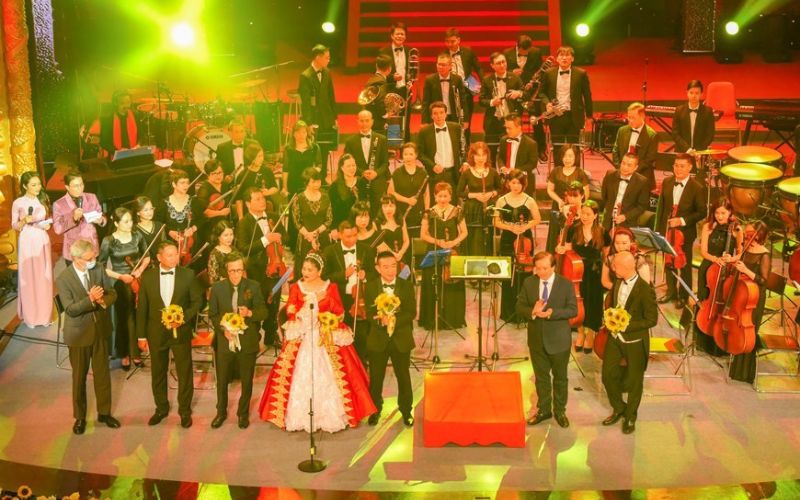
Choir performance at Hanoi Opera House
Regulations of Visit
- Dress in appropriate attire.
- Not suitable for children under the age of 6.
- Don’t smoke, bring food, or chew gum on the premises of the opera house.
- Don’t record audio, video, or film during performances.
- Switch your mobile phone to silent or vibration mode once the performances commence.
- Be aware that the theater doors will be closed 15 minutes after the start of the performance.
- Show respect and maintain a quiet atmosphere while enjoying the performance.
History of Hanoi Opera House
Constructed over a decade, from 1901 to 1911, the Hanoi Opera House is a remarkable tribute to the architectural splendor of its Parisian counterpart, the renowned Palais Garnier. As the largest theater in Vietnam, it serves as a tangible testament to the country’s historical and cultural connection with its French colonial past. Surpassing its external beauty, the interior of the Opera House is a sight to behold, with some even proclaiming it to beat the grandeur of the Paris Opera House.
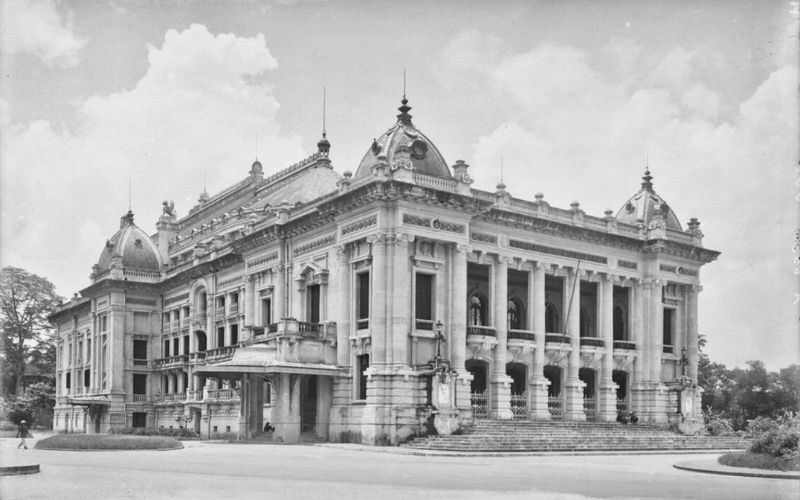
Hanoi Opera House during the 1930s
During the French colonial era, the Opera House primarily catered to the entertainment of French officials and their wives, hosting luxury musical performances. Moreover, most artists performing at the Opera House were almost exclusively European, until the 1940s when Vietnamese individuals were given the opportunity to rent “The Western Theater” for special concerts and events, often dedicated to raising funds for charitable causes, such as aiding flood victims. Following the revolution in 1945, the significance of the Hanoi Opera House transformed. It isn’t only an entertainment hub for the French colonial elites but also became a pivotal site for historical events, including the first session of the National Assembly of the Republic.
Unfortunately, in the years that followed, the building fell into disrepair. In 1997, a renovation and modernization project made new life into the Hanoi Opera House. The restoration efforts included the installation of state-of-the-art equipment and the revitalization of select interior embellishments, ensuring its continued relevance and splendor for generations to come.
Hanoi Opera House’s Outstanding Architecture
Spanning an area of 2,600 square meters, with a length of 87 meters and a width of 30 meters, the Hanoi Opera House stands as a testament to meticulous design and thoughtful composition. The highest point of this remarkable structure reaches a height of 34 meters. Renowned for its special architecture, the Opera House showcases a fusion of French design elements, featuring Gothic and Mosaic characteristics that adorn the door domes and glassed room respectively.
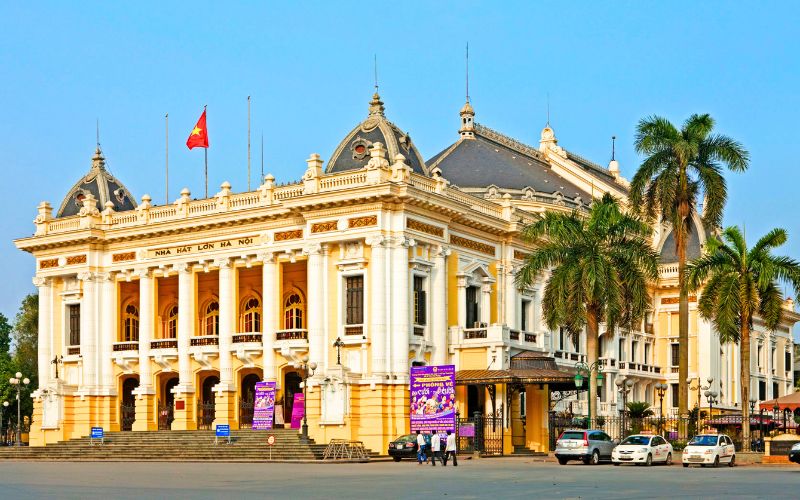
The architecture of the Hanoi Open House
Hanoi Opera House is modeled after Opéra Garnier Theater in Paris but smaller. The construction materials are also changed to be more suitable for the climate of Vietnam. The theater is a delicate and harmonious combination of European architectural styles at that time and is divided into 3 main sections, namely the Lobby, Main Audience Room, and Mirror Room, this historic theater exudes elegance and charm. The grand lobby serves as the welcoming entrance, crafted with exquisite Italian stone and adorned with opulent brass-plated chandeliers, reminiscent of a grand tapestry. The main audience room boasts a generous size of 24×24 meters, housing a spacious stage and providing numerous small rooms for the audience on the central floor. Adjacent to the main audience room lies the management chamber, consisting of 18 makeup rooms, 2 voice training rooms, 1 library, and 1 meeting room.
The primary audience area is adorned with high-quality tiles and fireproof carpeting, while the seating arrangement showcases the classical French style of the nineteenth century. In addition, the Mirror Room serves as a ceremonial space frequently graced by esteemed officials of the Party, State, and head of state, lending a sense of prestige and importance to this elegant venue.
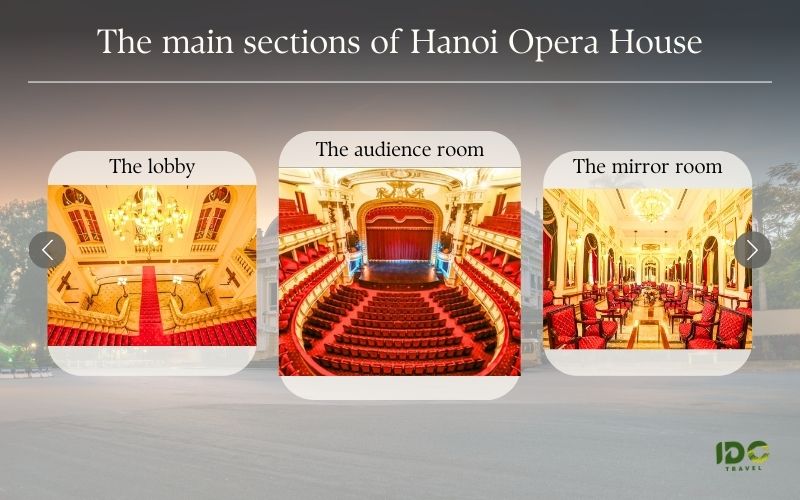
3 main sections of the Hanoi Opera House
Besides, at the end of the 19th century and the beginning of the 20th century, squares in Hanoi were gradually formed. The most prominent of which is Hanoi Opera House Square, associated with the adjacent Opera House. Since 1994, this square has been called August 19 Square or August Revolution Square to mark the historical event in 1945 here. Around Hanoi Opera House square are extremely famous and unique architectural works: Hilton Hanoi Opera Hotel, Vietnam National Museum of History, and Ly Thai To Flower Garden. In the evening, when the theater is up. lights, the Square area is more shimmering, becoming a familiar cultural venue for the people of the capital.
Things to do near Hanoi Opera House
Walking around Hoan Kiem Lake
Hoan Kiem Lake is a renowned tourist destination in Hanoi, which captures the hearts of visitors from around the world. Beyond its tranquil scenery, international travelers are drawn to the captivating attractions that adorn its surroundings. The Ngoc Son Temple and The Huc Bridge, both iconic symbols of Hanoi, hold a special place in the hearts of those who explore this enchanting locale. Additionally, the remarkable Turtle Tower stands as a captivating sight to behold. During weekends, from Friday evening to midnight on Sunday, the bustling Dinh Tien Hoang street encircling Hoan Kiem Lake transforms into a pedestrian-only zone, aptly named “The walking street”. The walking street comes alive with a multitude of entertainment options and tantalizing street food stalls, creating an atmosphere of excitement and culinary delights.
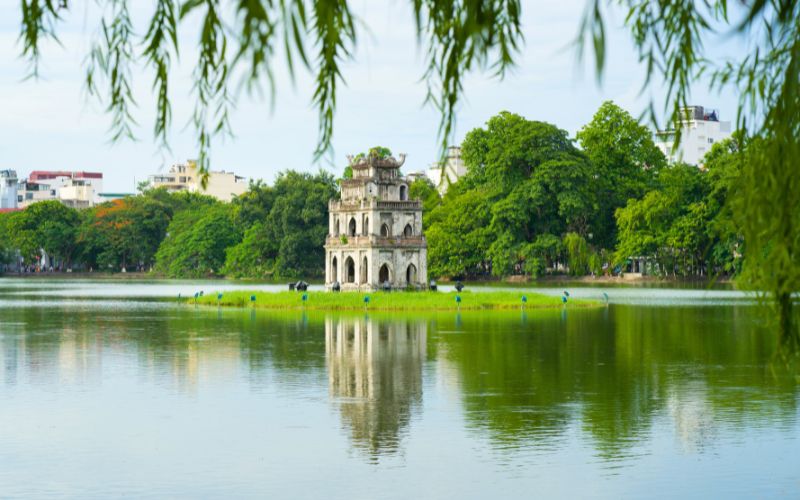
Hoan Kiem Lake
Enjoy Coffee Near the Opera House
Situated in proximity to the Opera House, there is a well-known coffee shop called “Highlands Coffee” that has captured the hearts of many Vietnamese locals. Renowned for its popularity, this coffee brand offers a delightful selection of beverages that cater to various tastes and preferences. Whether you’re a coffee lover or simply looking to savor a delicious cup of drink, a visit to Highlands Coffee is highly recommended. Take a moment to indulge in their exquisite coffee offerings, enjoy a rejuvenating break, and witness the bustling life of the city.
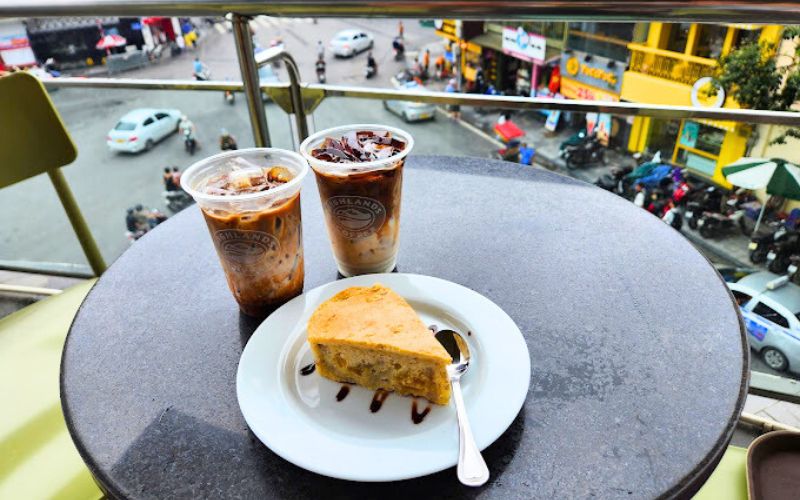
Enjoy coffee and cake at Highlands Coffee
With a rich history spanning over a century, the Hanoi Opera House remains an enduring landmark in the heart of the capital city. This remarkable establishment proudly symbolizes the unique fusion of French artistic and architectural heritage within the cultural fabric of Vietnam. Standing as a testament to time, the Opera House exudes an air of elegance and grandeur that captivates visitors from near and far. If you’re on a trip to Hanoi, the opportunity to visit this captivating venue should not be missed. Coming here, you can immerse yourself in its storied past, appreciate its architectural splendor, and witness the artistic performances that grace its stage. The Hanoi Opera House offers a glimpse into the harmonious blend of cultures and serves as a cherished symbol of the city’s cultural heritage. Don’t hesitate to leave us a message for more details.

